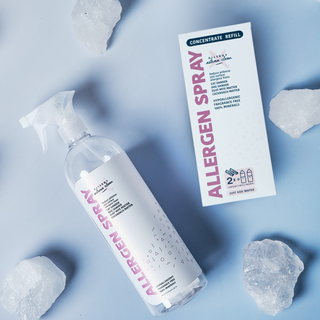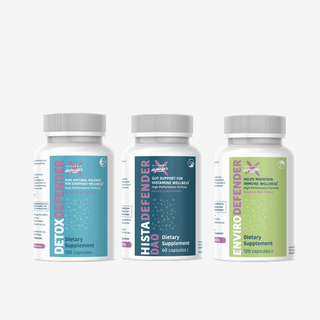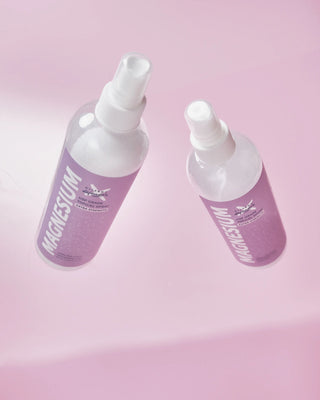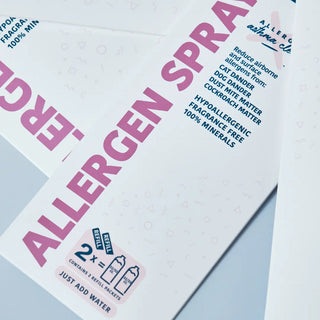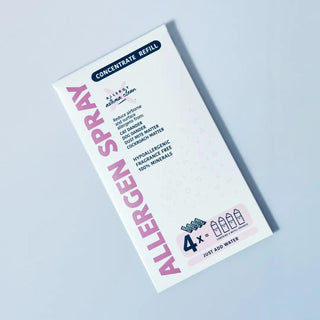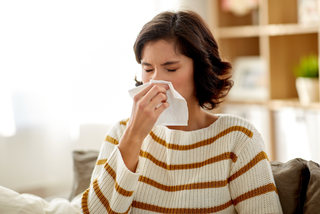

Clearing the Air
Air Purifiers vs Allergen Spray
Benefits and limitations
Managing indoor allergies means addressing the allergens floating in the air and those clinging to surfaces. While air purifiers can remove airborne particles like dust and pollen, they don’t control allergens embedded in furniture, carpets, or bedding. That’s where Allergy Asthma Clean Allergen Spray by Allergy Defender comes in — a mineral-based, lab-verified spray that neutralizes allergens both in the air and on surfaces. Together, these tools can help create a cleaner, more comfortable home and support natural allergy relief without medications or harsh chemicals.
Key Takeaways
- Air purifiers trap airborne allergens such as pollen, pet dander, and dust, improving air quality — but they only clean the air in the room they’re placed in.
- HEPA and activated carbon filters are the most effective purifier options, though filters need regular replacement and systems can be costly for large homes.
- Allergy Asthma Clean Allergen Spray by Allergy Defender goes beyond the air — it surrounds, drops, and deactivates allergens on both surfaces and in the air for full-home control.
- The spray is affordable, fragrance-free, and family- and pet-friendly, offering a natural way to reduce allergens without relying solely on medication.
- The most effective approach to allergy management combines consistent cleaning, filtration, and allergen spray use, creating a balanced strategy for natural, whole-home allergy relief.
Clear the air
If you suffer from indoor allergies, you know how frustrating and uncomfortable it can be. Fortunately, there are products available on the market designed to help manage allergies. Two options are air purifiers and an Allergen Spray.
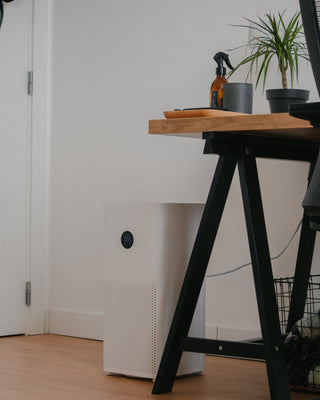
Air Purifiers
An air purifier is an electrical appliance that removes airborne particles such as dust, pollen, pet dander, and smoke from the air. It works by using a series of filters to trap pollutants and prevent them from circulating in the air. Air purifiers are available in different types, including HEPA (High-Efficiency Particulate Air) filters, activated carbon filters, UV-C light filters, and PECO: PECO a technology that uses free radicals to break down pollutants at a molecular level.
Popular Air Purifier Brands
Among the plethora of air purifier brands, several stand out as being the most popular. Honeywell offers models like the Honeywell HPA300 and HPA200, for their HEPA filtration and quiet operation. Blueair boasts models such as the Blue Pure 211+ and Blue Pure 411, known for their sleek design and efficient air purification. Coway's AP-1512HH Mighty and Airmega series are popular choices for their powerful filtration capabilities and modern aesthetics. Dyson's Pure Cool TP04 and Dyson Pure Hot + Cool HP01 are innovative options featuring advanced filtration technology and bladeless fan design. Winix is recognized for models like the Winix 5500-2 and Winix C535, which combine affordability with effective air purification. Rabbit Air offers models such as the Rabbit Air MinusA2 and Rabbit Air BioGS 2.0, praised for their customizable filters and quiet operation. GermGuardian's AC4825 and AC5350B are well-regarded for their combination of HEPA filtration and UV-C light technology. Finally, IQAir's HealthPro Plus and IQAir Atem Desk.
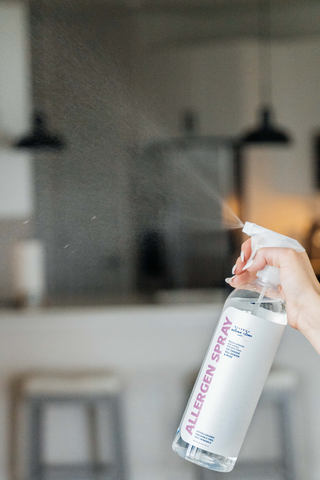
Allergen Spray
Allergen Spray is an alternative solution to reduce airborne and surface allergens. This spray works by surrounding, dropping, and dehydrating the allergens rendering them inactive, all without harsh chemicals. Backed by world-leading science, Allergen Spray is designed to be integrated into your everyday routine for a healthier and happier life indoors.
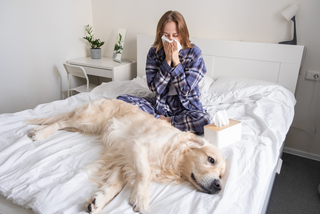
The best solution for indoor allergies
Both air purifiers and Allergen Spray can be effective in reducing indoor allergens, but they have their own set of advantages and limitations. Air purifiers are effective at removing airborne particles and pollutants, making them an option for those who suffer from allergies or respiratory issues. However, they can be costly and have limited coverage. Allergen Spray is affordable and readily available, making it an accessible option for many. You might find that you need to spray more often if you have several pets or a severe dust mite allergy.
The right treatment
Dealing with indoor allergies can be a challenging and complex process that might require a multi-step approach. First, identify your allergy triggers, whether it be dust mites, pollen, or pet dander. Once you know your triggers, take steps to reduce allergens in your home, such as regularly washing your bedding, keeping pets out of the bedroom, change air filters often and minimize exposure to allergens. Additionally, speaking with an allergist can help you better understand your allergies. Finally, using Allergen Spray can be an effective way to neutralize allergens in your home and reduce your symptoms. By taking a multi-step approach to dealing with indoor allergies, you can effectively manage your symptoms and improve your quality of life.
Defend Your Health
Articles

Choosing the Right Nasal Spray for Your Needs
Many nasal sprays—especially decongestant sprays like oxymetazoline (Afrin) or phenylephrine—are only meant to be used for 3 consecutive days. Why

Natural Alternatives to Prednisone for Allergies
If you’re among the millions dealing with chronic inflammatory conditions like allergic rhinitis, seasonal allergies, or atopic dermatitis, you’re likely wondering whether natural alternatives can provide relief without the concerning...

